The Earth is home to a wide variety of plant species, some of which have thrived for millions of years. However, many ancient plants are now on the brink of extinction due to habitat destruction, climate change, and human interference. These plants carry deep evolutionary histories, often predating the rise of human civilization.
Welwitschia mirabilis
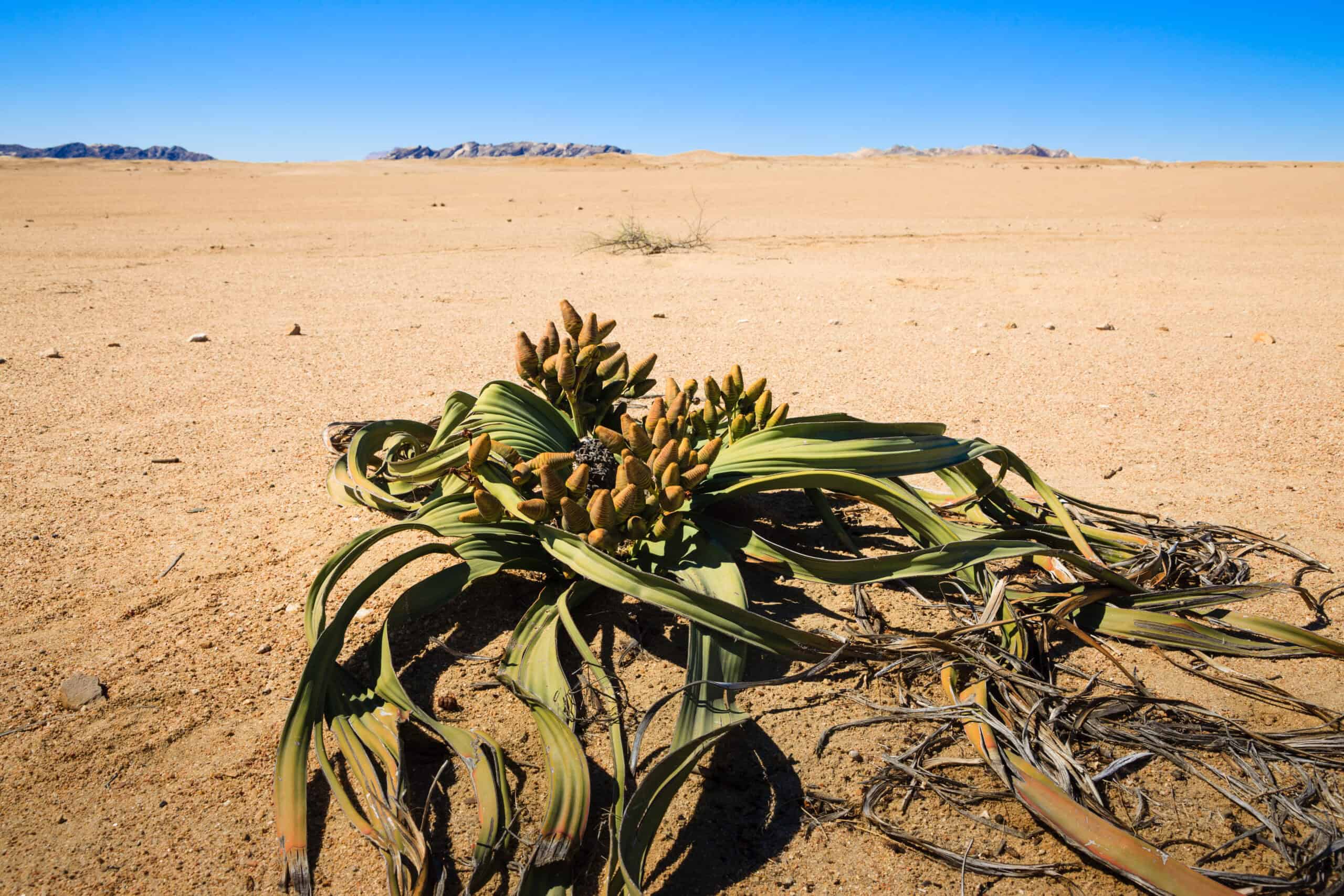
Welwitschia mirabilis is native to the Namib Desert. It is a slow-growing plant that can live for over a thousand years. Its long, ribbon-like leaves grow continuously throughout its life. The plant survives on minimal rainfall, relying on fog for moisture. Unfortunately, overgrazing and climate changes threaten its limited habitat.
Wollemi Pine (Wollemia nobilis)
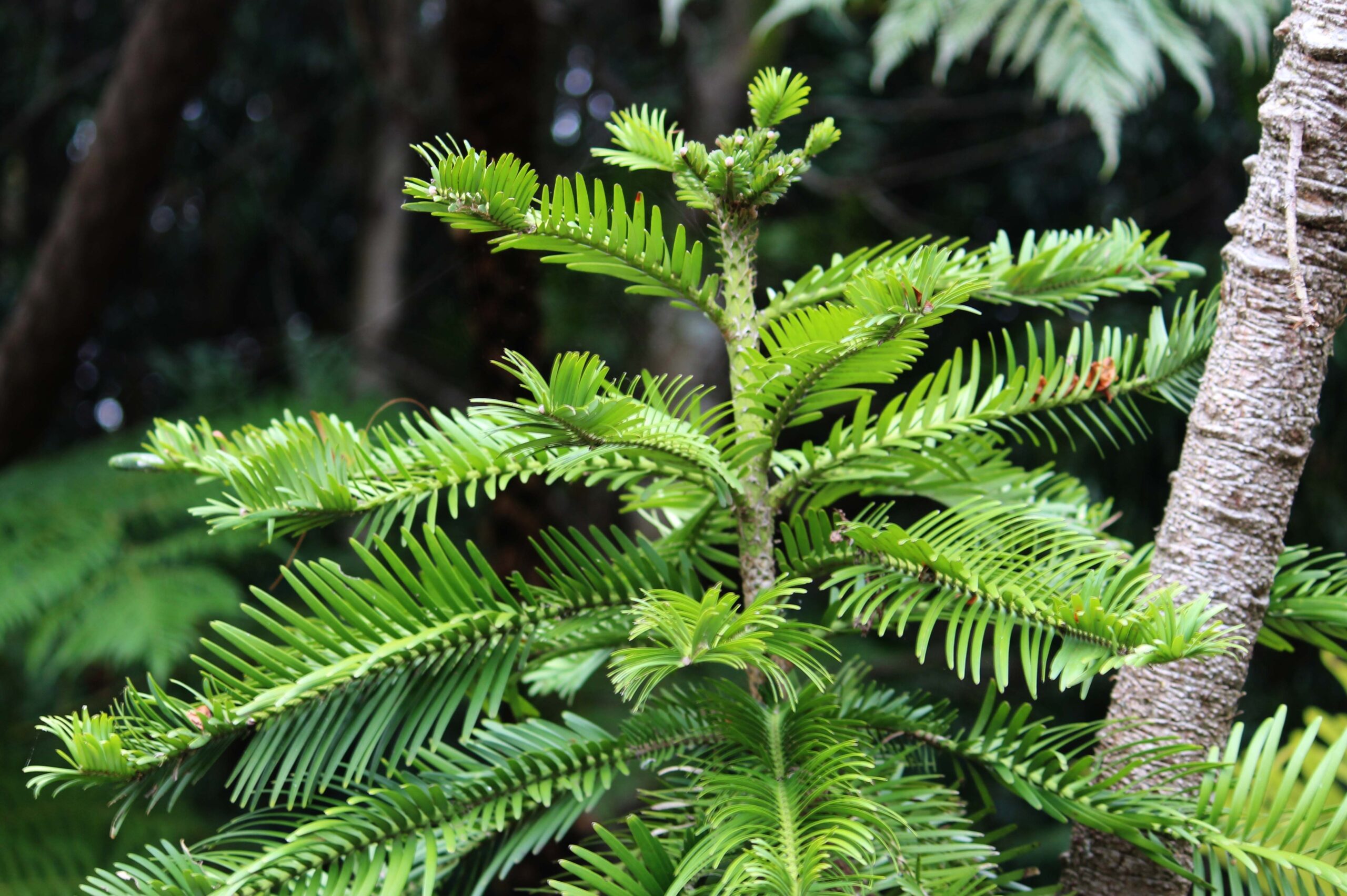
The Wollemi Pine was thought extinct until it was rediscovered in Australia in 1994. This ancient tree dates back over 200 million years. Its bark has a unique bubbly texture. Today, fewer than 100 mature trees exist in the wild. Habitat loss and disease remain significant threats to its survival.
Baobab Tree (Adansonia species)
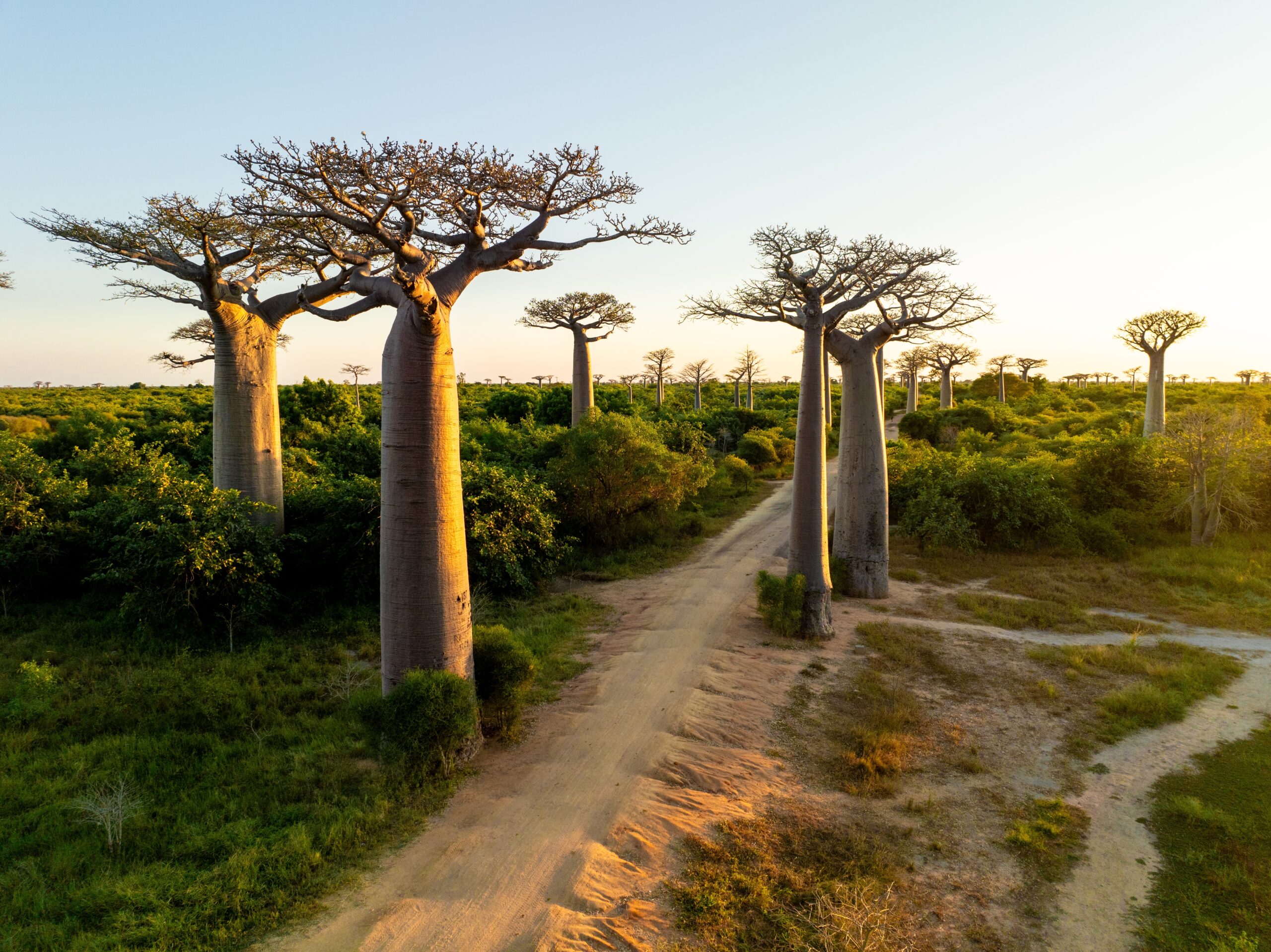
Baobab trees are iconic for their large, thick trunks and ability to store water. These ancient trees can live for thousands of years. They are crucial to many ecosystems in Africa. However, rising temperatures and deforestation are causing some of the oldest baobabs to die off at alarming rates.
Cycad (Encephalartos species)
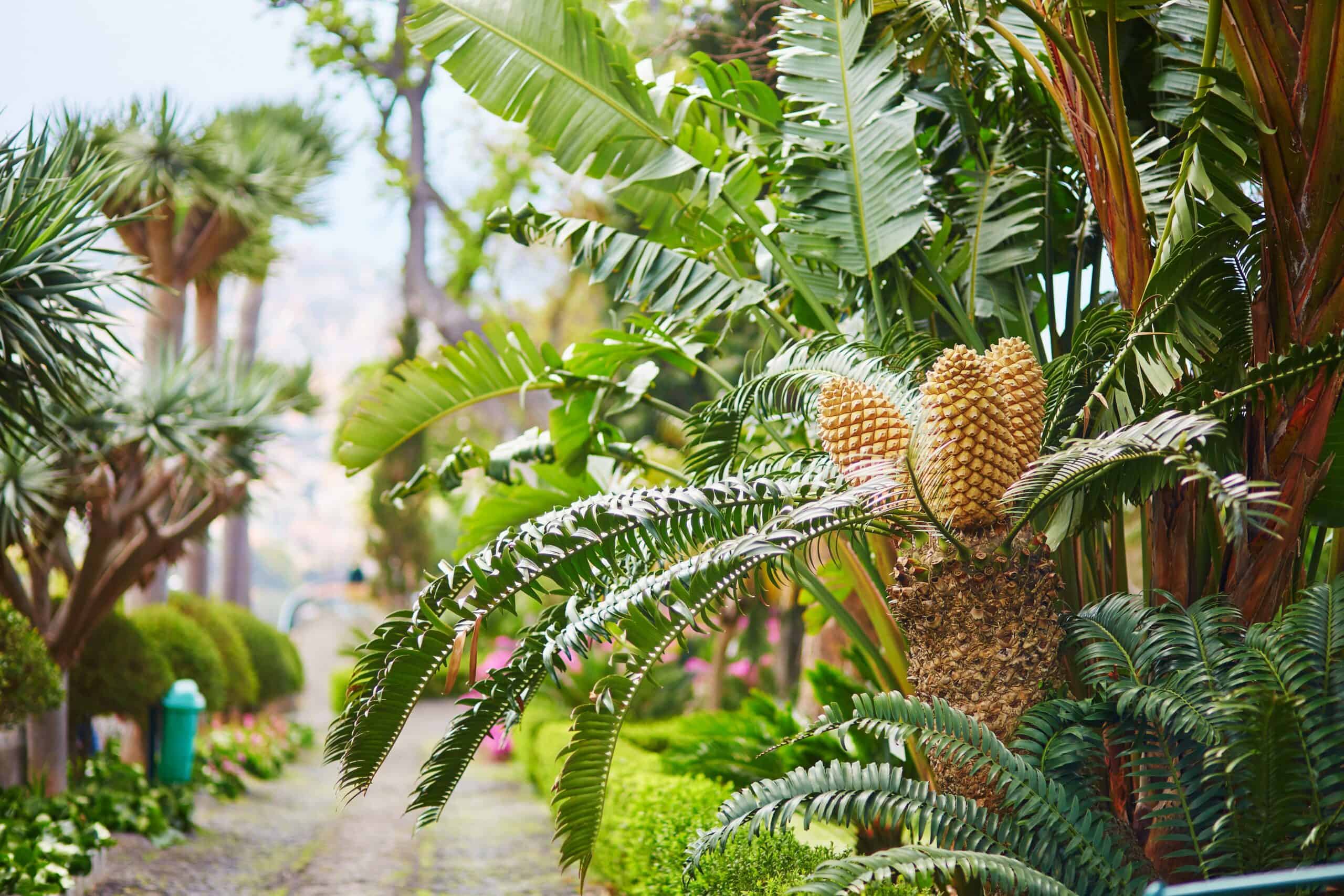
Cycads are among the oldest seed plants, having survived for over 300 million years. Their leaves resemble palm fronds, and they grow in tropical and subtropical regions. Poaching for ornamental purposes has driven several species to the brink of extinction. Habitat destruction further adds to their decline.
St Helena Ebony (Trochetiopsis ebenus)
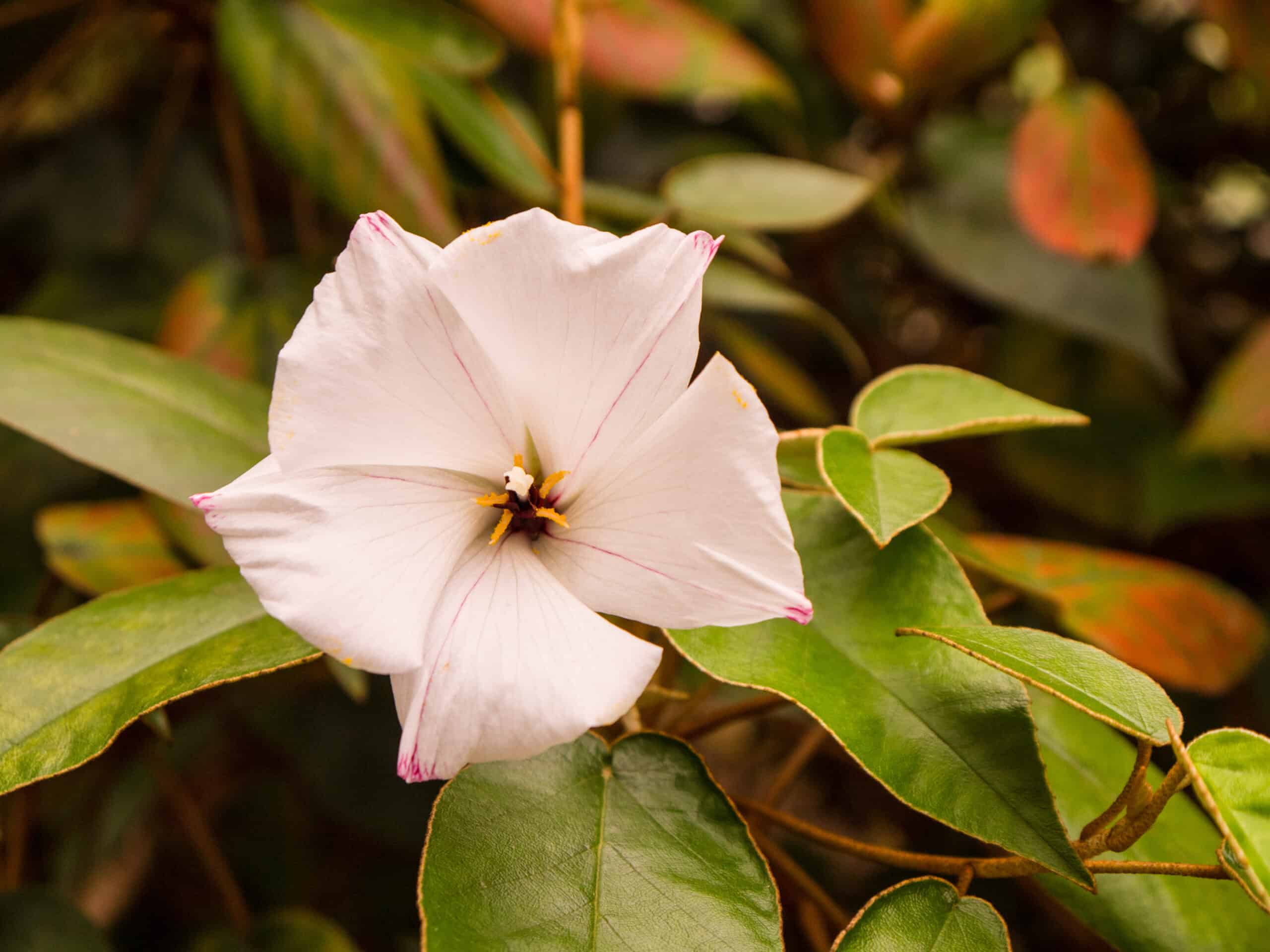
St Helena Ebony is endemic to the island of St Helena. It produces small, white flowers and has a shrubby appearance. The plant was thought extinct until a few individuals were rediscovered. Conservation efforts are underway, but invasive species and limited habitat space make survival difficult.
Chilean Wine Palm (Jubaea chilensis)

The Chilean Wine Palm is known for its towering height and thick trunk. It can live for centuries and produce sweet sap used in wine production. Excessive harvesting and habitat loss have severely reduced its numbers. Today, it survives in only a few protected areas in Chile.
Monkey Puzzle Tree (Araucaria araucana)

Native to Chile and Argentina, the Monkey Puzzle Tree is named for its tough, scale-like leaves. It can live for hundreds of years and is often planted as an ornamental tree. However, logging and land-use changes have reduced its natural habitat. It is now listed as endangered.
Dragon’s Blood Tree (Dracaena cinnabari)
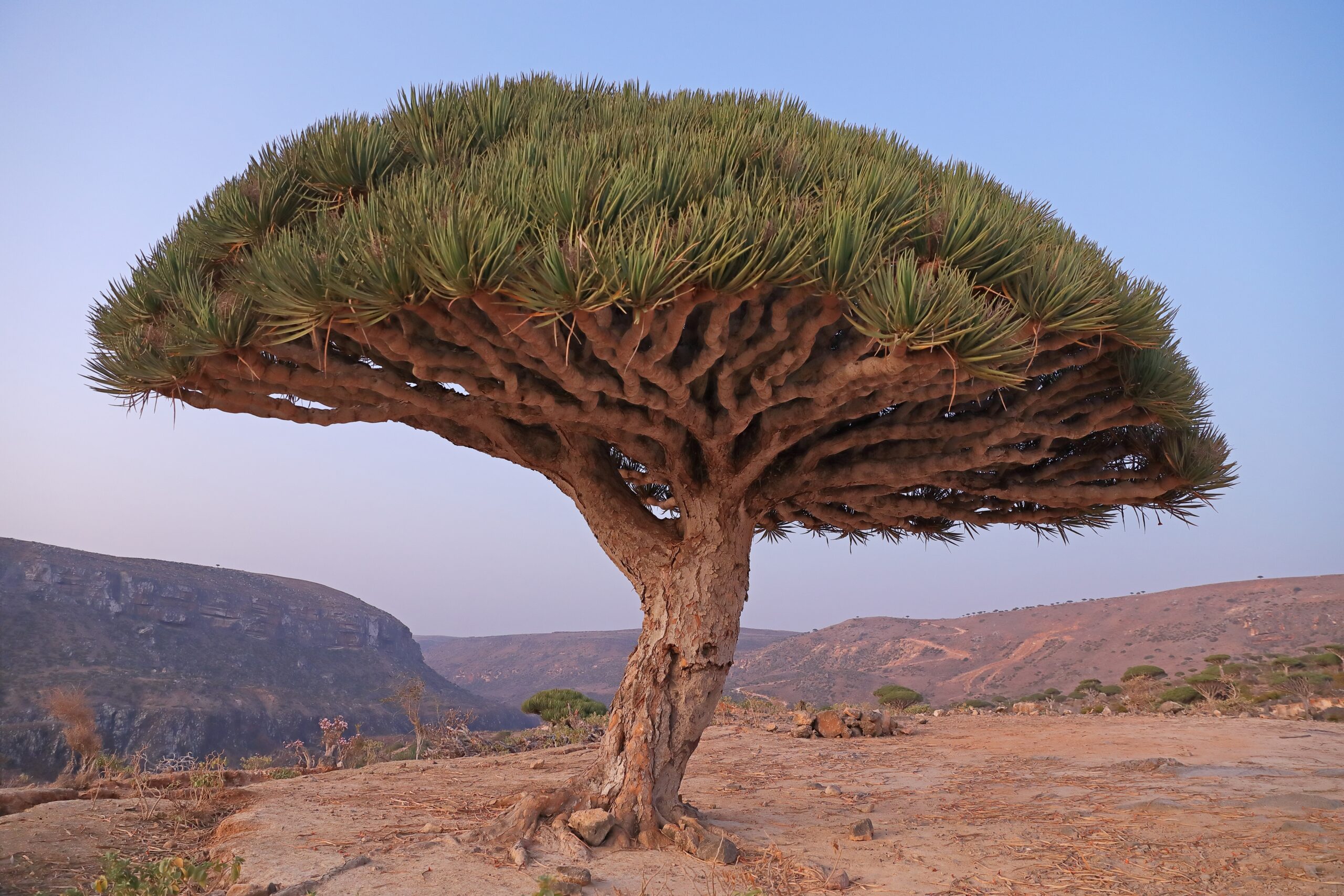
The Dragon’s Blood Tree is famous for its umbrella-like shape. It is native to Socotra Island in Yemen. Its red resin, known as dragon’s blood, has been used for medicinal and dye purposes for centuries. The tree grows slowly but can live for hundreds of years. Overgrazing and climate change are shrinking its habitat, putting it at risk of extinction.
Franklinia Tree (Franklinia alatamaha)
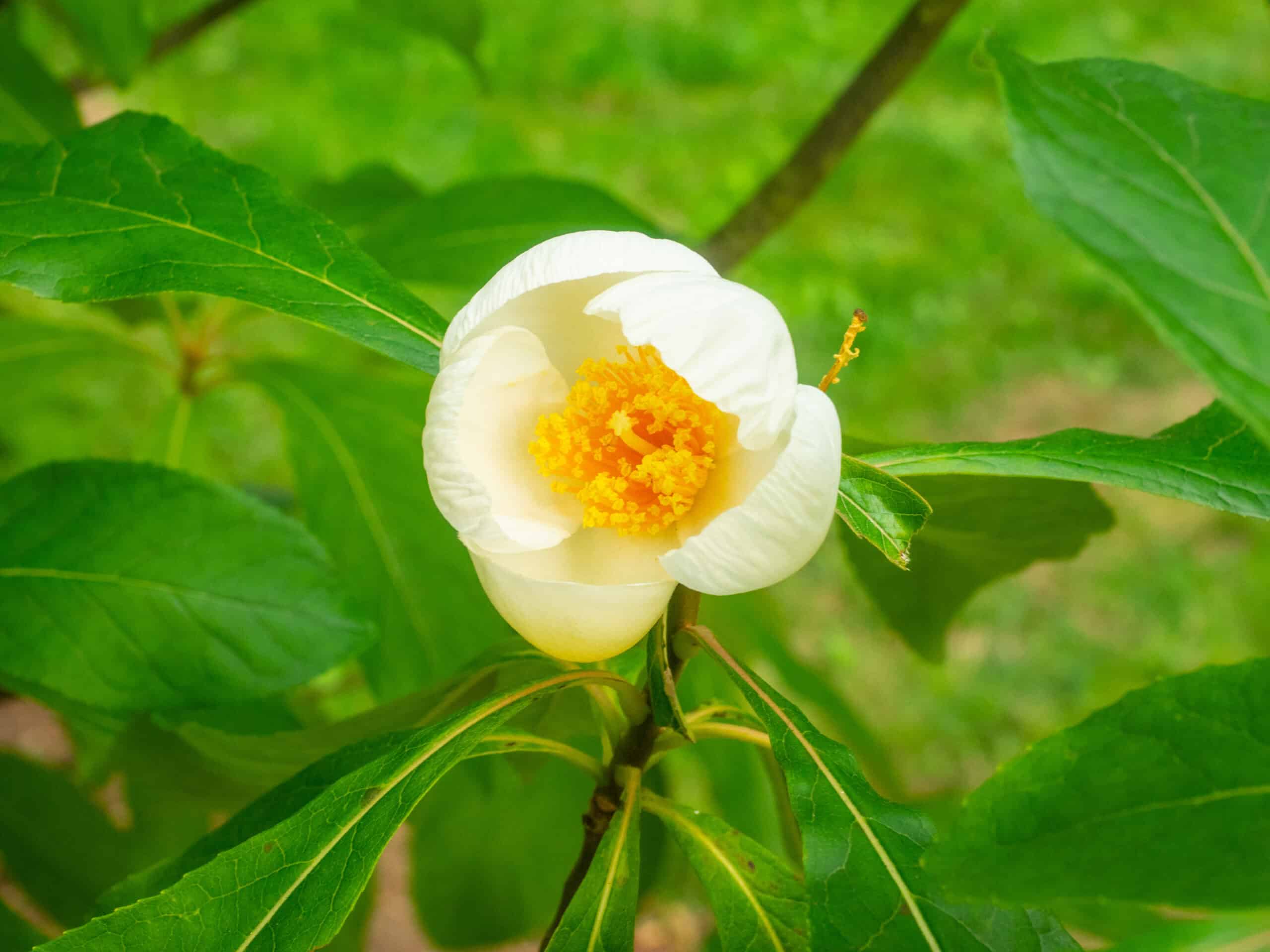
The Franklinia Tree is named after Benjamin Franklin. It produces fragrant, white flowers and is native to the southeastern United States. This tree was last seen in the wild in the 1800s. Today, it exists only in cultivation. Its natural habitat has been destroyed by agriculture and logging.
Coral Tree (Erythrina schliebenii)
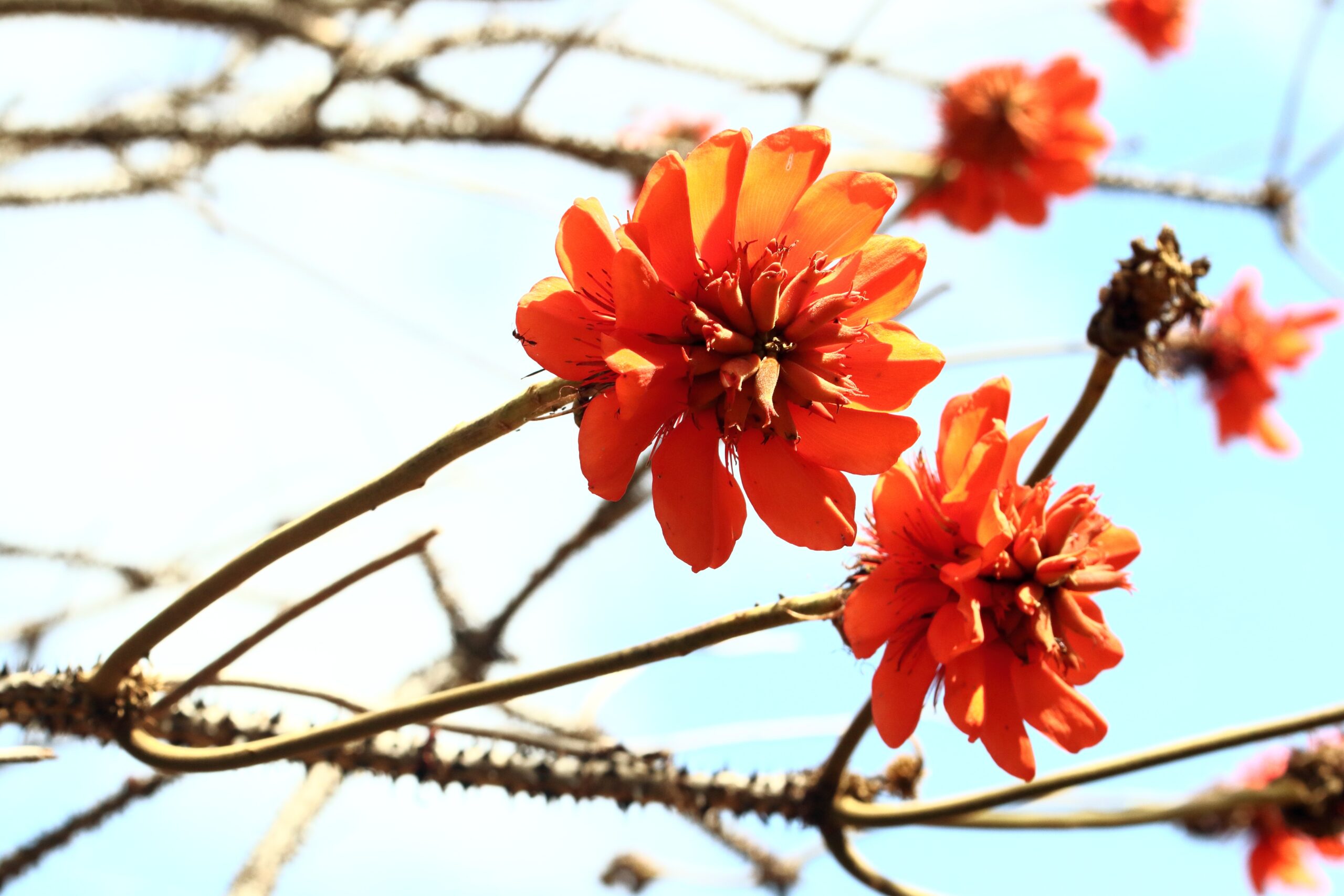
The Coral Tree is critically endangered and native to Tanzania. It features striking red flowers that attract birds and pollinators. Only a few individuals remain in the wild. Deforestation and agricultural expansion have nearly wiped out its habitat. It is now considered one of the rarest tree species on the planet.
Medusagyne (Medusagyne oppositifolia)
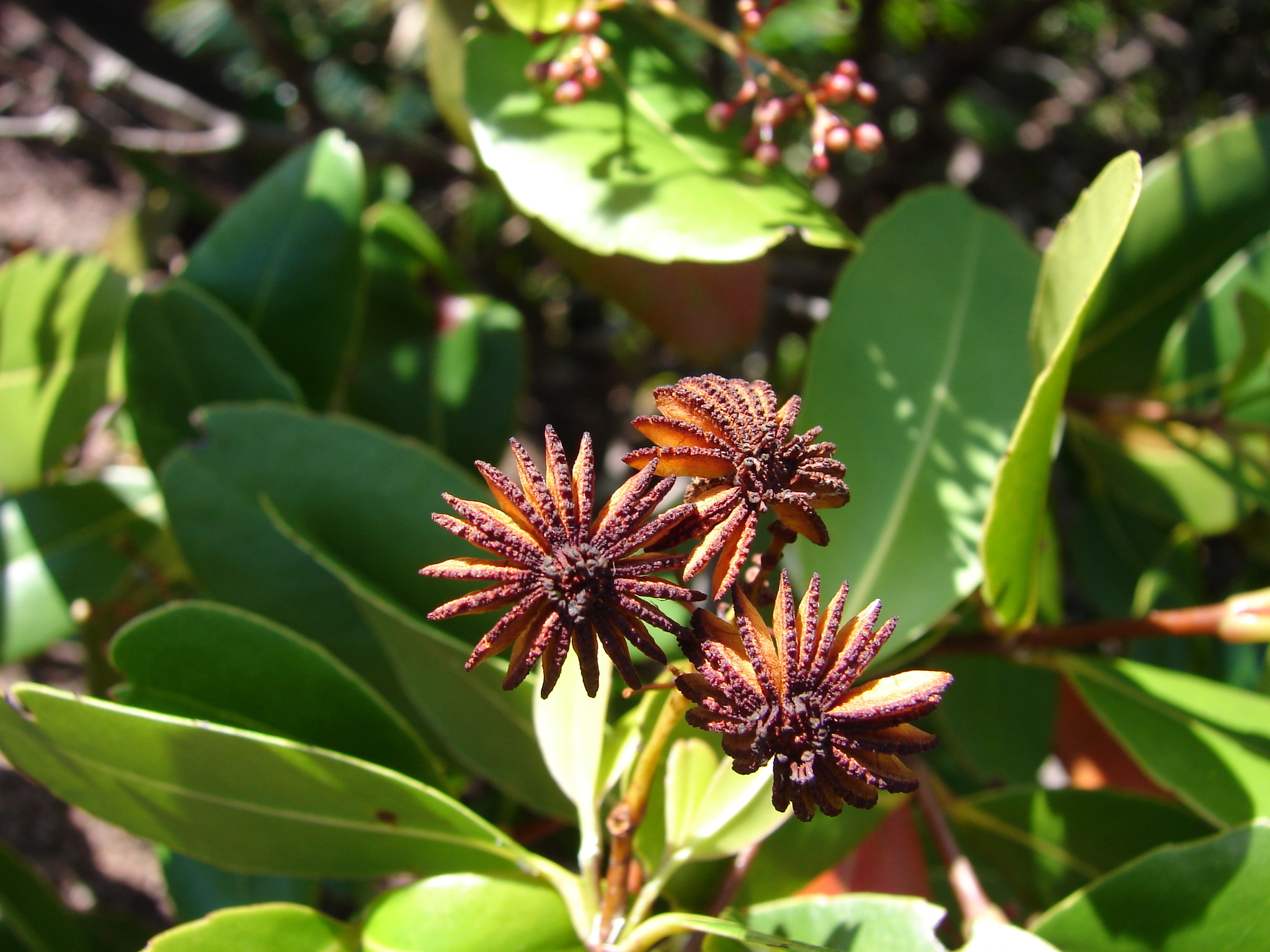
Also known as the jellyfish tree, Medusagyne is endemic to the Seychelles. Its leaves resemble jellyfish tentacles, giving it its unusual name. The tree produces small, inconspicuous flowers. Invasive species and habitat destruction have reduced its population to fewer than 100 individuals. Conservation programs are attempting to save it from extinction.
Mulanje Cedar (Widdringtonia whytei)
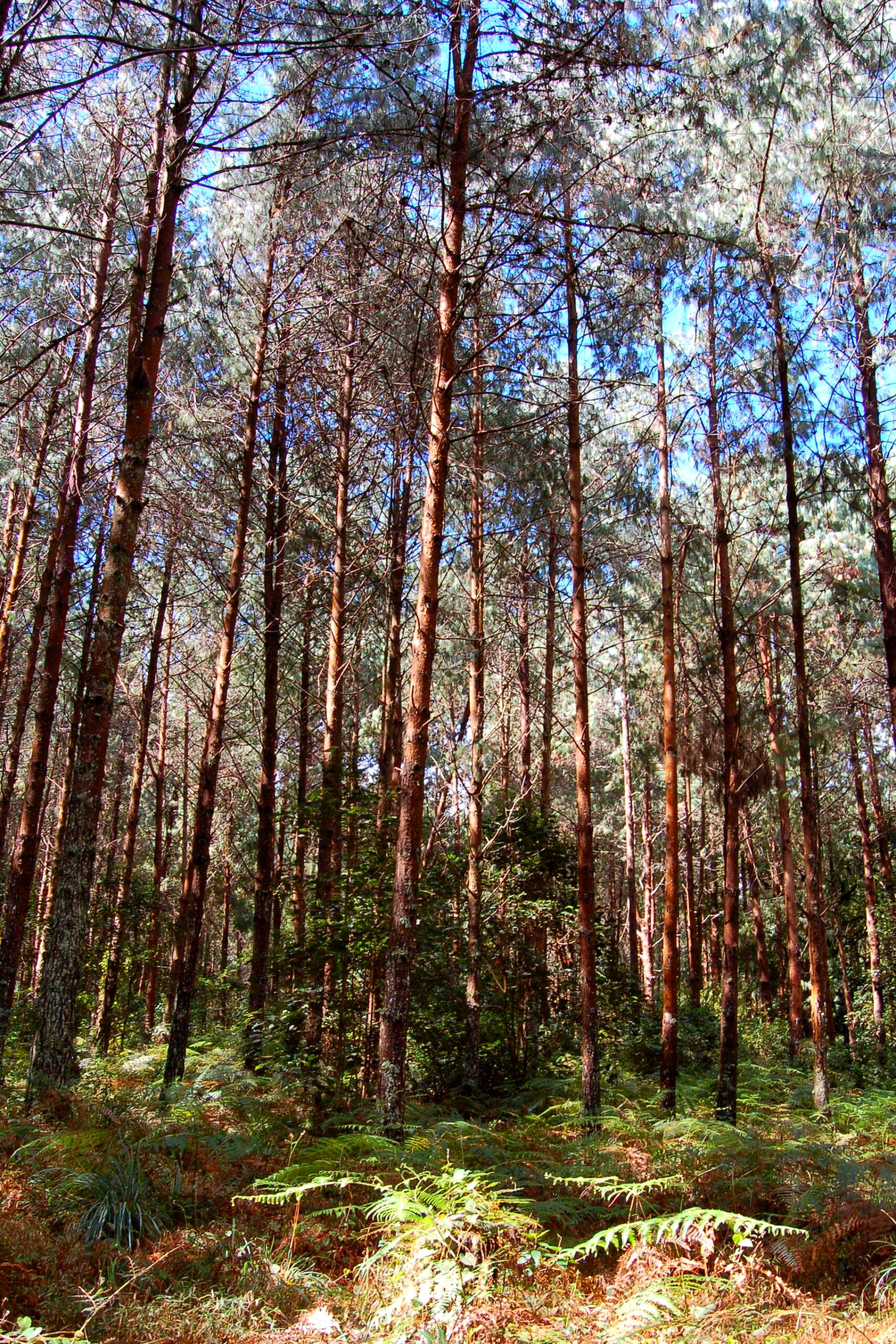
The Mulanje Cedar is the national tree of Malawi. It grows on the slopes of Mount Mulanje and is known for its tall, straight trunk. The wood is prized for its durability and scent. Unfortunately, illegal logging and forest fires have decimated its population. Restoration efforts are underway, but the species remains critically endangered.
The Ghost Orchid (Dendrophylax lindenii)
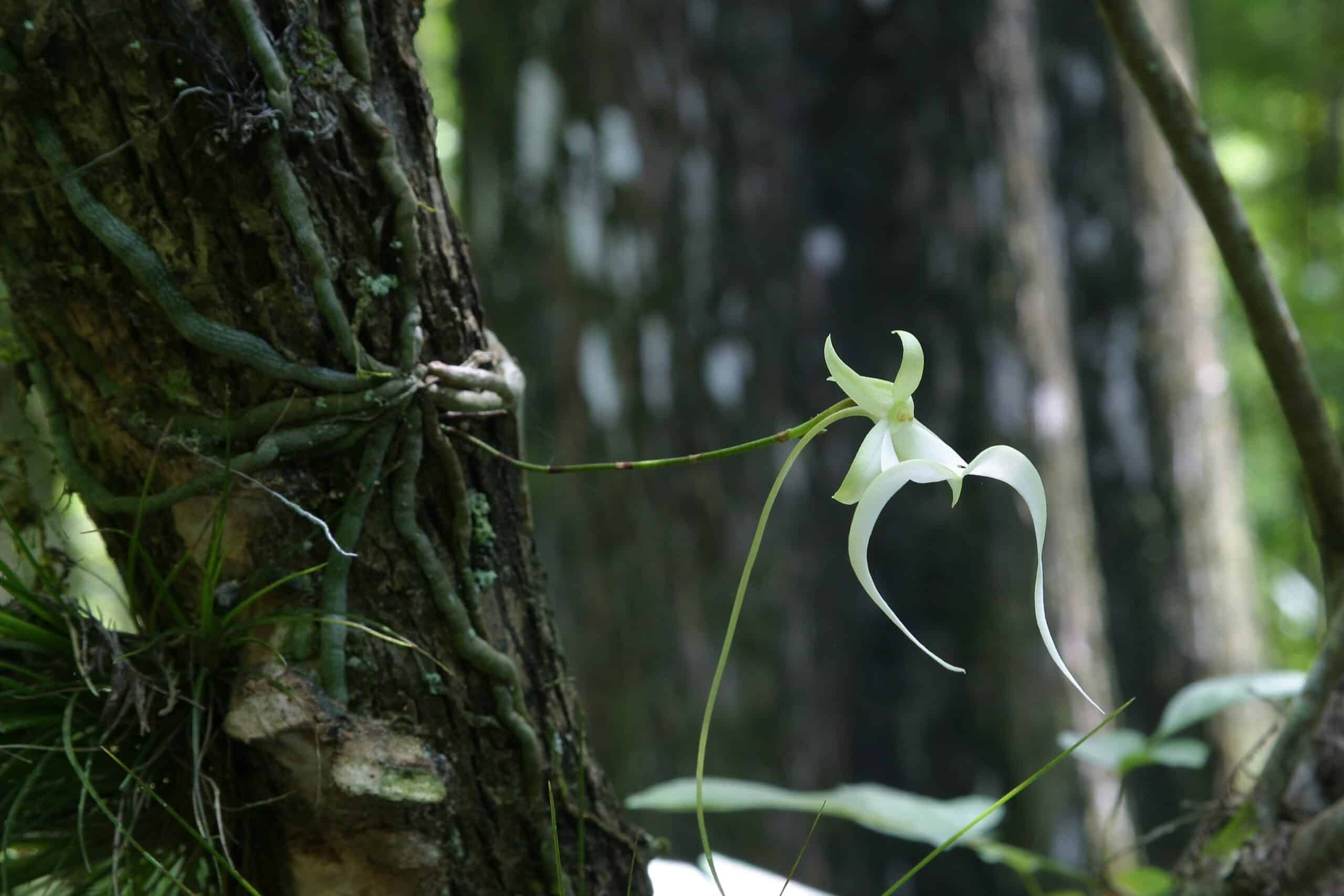
The Ghost Orchid is an elusive, leafless orchid native to Florida and Cuba. It produces delicate, white flowers that seem to hover in the air, giving it its ghostly name. The plant thrives in humid, swampy environments, relying on photosynthesis through its roots. Habitat destruction and illegal poaching have drastically reduced its population. Conservation efforts are focused on protecting its remaining habitats, but it remains critically endangered.
Japanese Umbrella Pine (Sciadopitys verticillata)
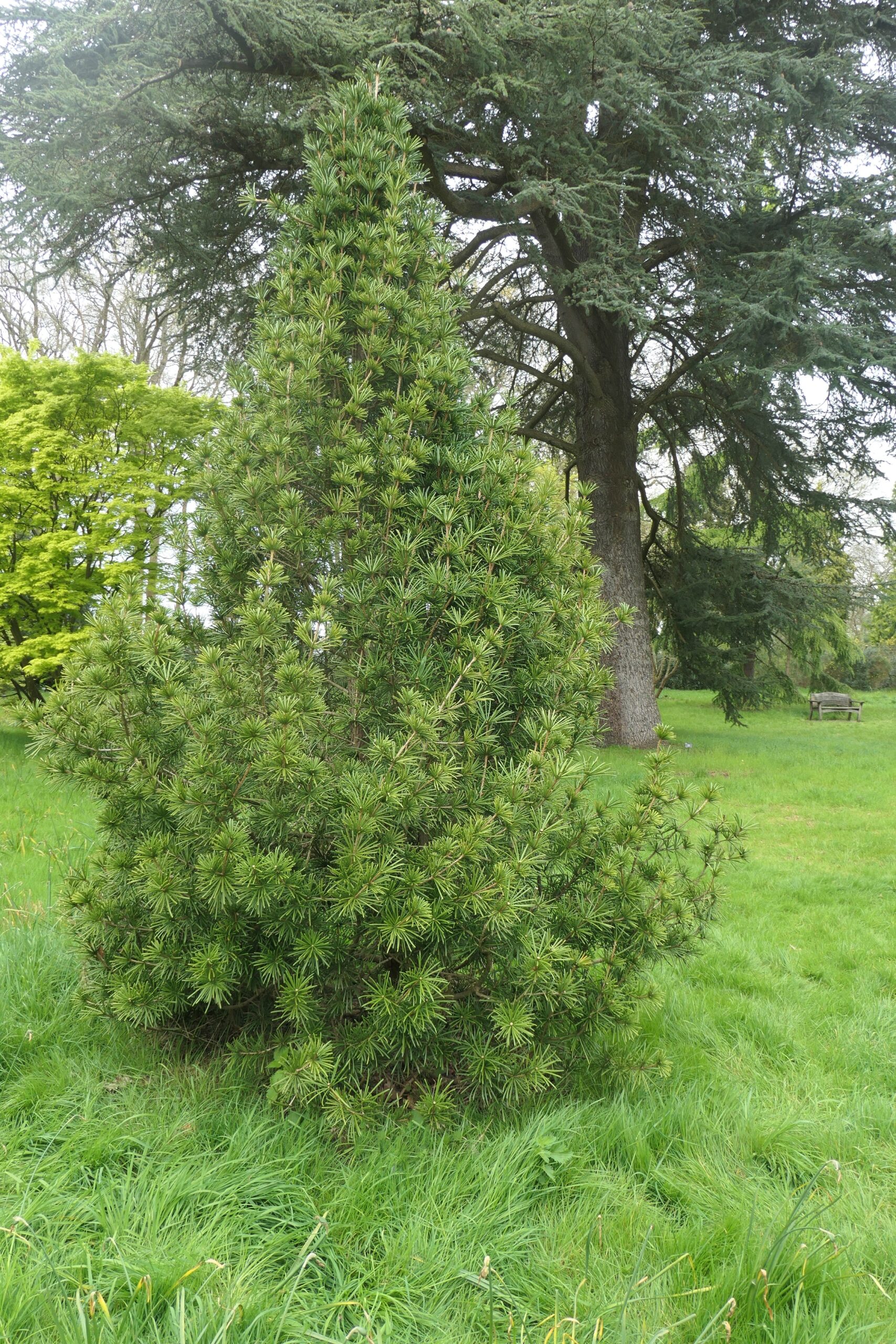
The Japanese Umbrella Pine is an ancient conifer that dates back over 230 million years. It is native to Japan and is the sole member of its family. The tree has unique, needle-like leaves that resemble the spokes of an umbrella. While it is cultivated in gardens, wild populations are declining due to deforestation and habitat loss. Efforts to protect its natural habitat are ongoing, but the species remains vulnerable.
This article originally appeared on Rarest.org.
More from Rarest.org
15 Obscure Electric Vehicles That Were Ahead of Their Time

Electric vehicles (EVs) have come a long way in recent years, but the push for sustainable transportation isn’t new. Read More.
13 Unusual Architectural Wonders Hidden Around the World
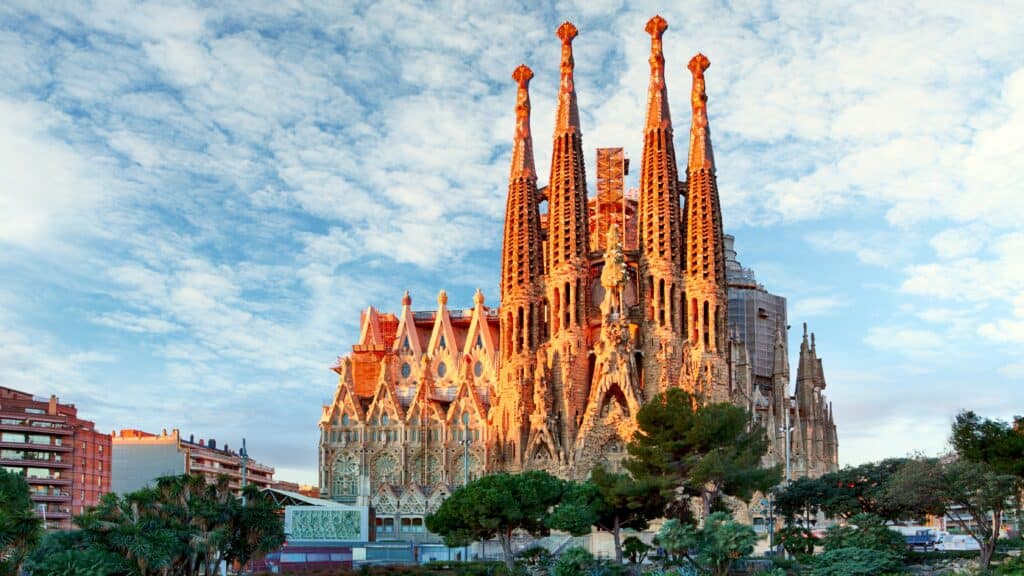
All around the world, hidden architectural wonders blend creativity, history, and ingenuity in ways that often go unnoticed by most travelers. Read More.
1968 Jefferson Nickel Value Guide

Comprised of 75% Copper, 25% Nickel the Jefferson Nickel was produced from 1938-2003. On October 3, 1938, the US mints produced the first Jefferson coins. Read More.
